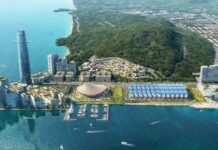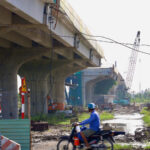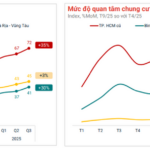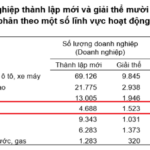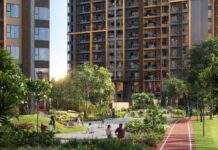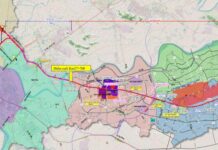During the 5th session (specialized session), the Ho Chi Minh City People’s Council (HĐND TPHCM) approved a resolution on the investment policy for the project to dredge, improve the environment, and enhance urban landscaping along the Ba Lon canal drainage axis.
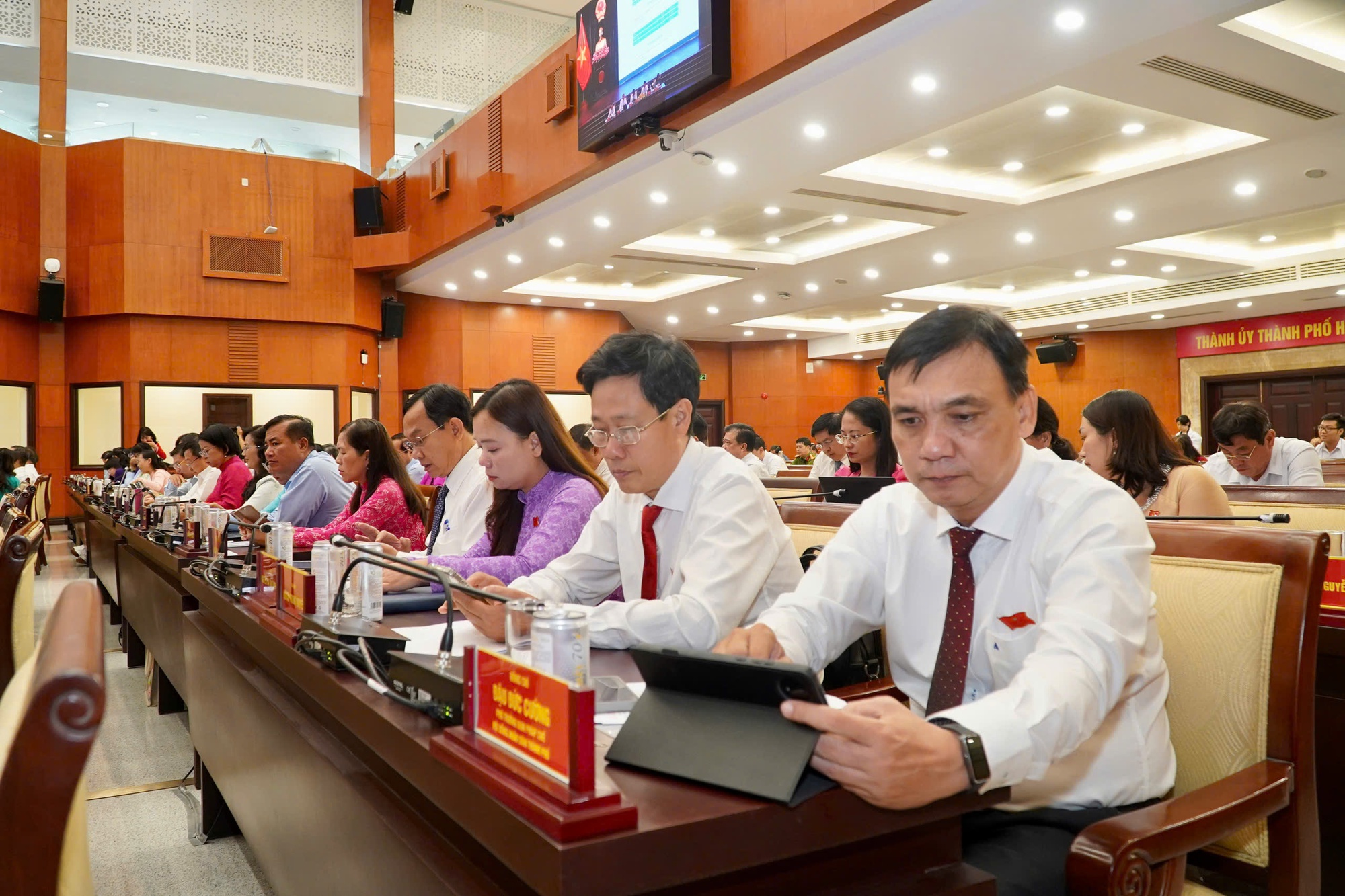
Ho Chi Minh City People’s Council members voting to approve the resolution (PHOTO: DUY PHÚ).
This Group A project has a total investment of VND 9,228 billion, with implementation scheduled from 2025 to 2030.
The project aims to clear waterways, enhance rainwater drainage from the city center, and meet drainage requirements for the canal’s catchment area, covering approximately 920 hectares.
Additionally, it focuses on urban beautification, constructing embankments to prevent erosion, and relocating houses along the canal, contributing to the city’s urban renewal goals by 2030.
The road along Ba Lon canal will connect to the existing Ta Quang Buu Street and integrate with the upcoming Ta Quang Buu bridge and road project.
Ba Lon canal originates from Kenh Doi canal in Binh Dong Ward and ends at the intersection of Ba Lon and Ba Lao canals in Binh Hung Commune, with a total length of approximately 7.4 km.
The project scope includes dredging the canal (7.4 km), constructing 9.9 km of embankments, building a new 0.62 km road with a width of 12-18 meters, and a new Ba Lon 2 bridge over National Highway 50, measuring 40 meters wide and 58 meters long.
The Ho Chi Minh City People’s Council also approved a resolution for a similar project on Ong Be and its branch canals, with a total investment of VND 7,785 billion.
This project aims to improve drainage, reduce flooding in a 470-hectare area in Chanh Hung Ward and Binh Hung Commune, and enhance the local environment and urban landscape.
It also seeks to boost socio-economic development and improve residents’ quality of life by dredging and building embankments to prevent erosion, thereby enhancing urban aesthetics and water quality.

Urban renewal projects are a key focus for 2025-2030, supporting the relocation of houses along canals as per the 1st Congress Resolution of the Ho Chi Minh City Party Committee.
The project will aid drainage for Kenh Doi canal and complement efforts to address tidal flooding in Ho Chi Minh City, considering climate change factors, to reduce flooding in the city center.
The project covers Ong Be canal (from Kenh Doi to Ong Lon River) and Xang branch canal (from Ong Be to Ong Lon River), totaling approximately 4.3 km. Implementation is set for 2025-2030 in Chanh Hung Ward and Binh Hung Commune.
Project scope includes dredging nearly 4.3 km of canals, constructing 4.6 km of embankments, building a new 2.4 km road with a width of 12-16 meters, and installing infrastructure such as railings, sidewalks, drainage systems, docks, greenery, and lighting along the embankments.
Approval of 43 Key Resolutions
At the closing of the 5th session, the Ho Chi Minh City People’s Council passed 43 significant resolutions covering critical areas: social welfare, education, healthcare, environment, administrative reform, resource allocation, public investment, urban development, and governance enhancement.

Chairman of Ho Chi Minh City People’s Council Vo Van Minh delivering the closing speech (PHOTO: DUY PHÚ).
Chairman Vo Van Minh emphasized, “Each resolution is not just a legal document but a political commitment and a promise to the people and businesses. It pledges to continue addressing challenges, improving the investment environment, creating a clear legal framework, and fostering rapid, sustainable development. It also ensures the effective operation of the two-tier local government model post-restructuring.”
To ensure swift implementation, Chairman Minh urged the Ho Chi Minh City People’s Committee and relevant departments, wards, and communes to promptly translate resolutions into actionable programs with clear goals, timelines, responsibilities, and expected outcomes.
Regular monitoring and supervision are essential to address challenges and remove obstacles at the grassroots level, ensuring resolutions are not merely adopted but effectively implemented. Focus should also be on resolving bottlenecks in planning, transportation infrastructure, public investment, and administrative procedures to achieve the socio-economic targets set by the Council.
Real Estate Market Welcomes Positive News
In the first 10 months of 2025, nearly 4,700 new real estate businesses were established, marking a 20.3% increase compared to the same period last year.














